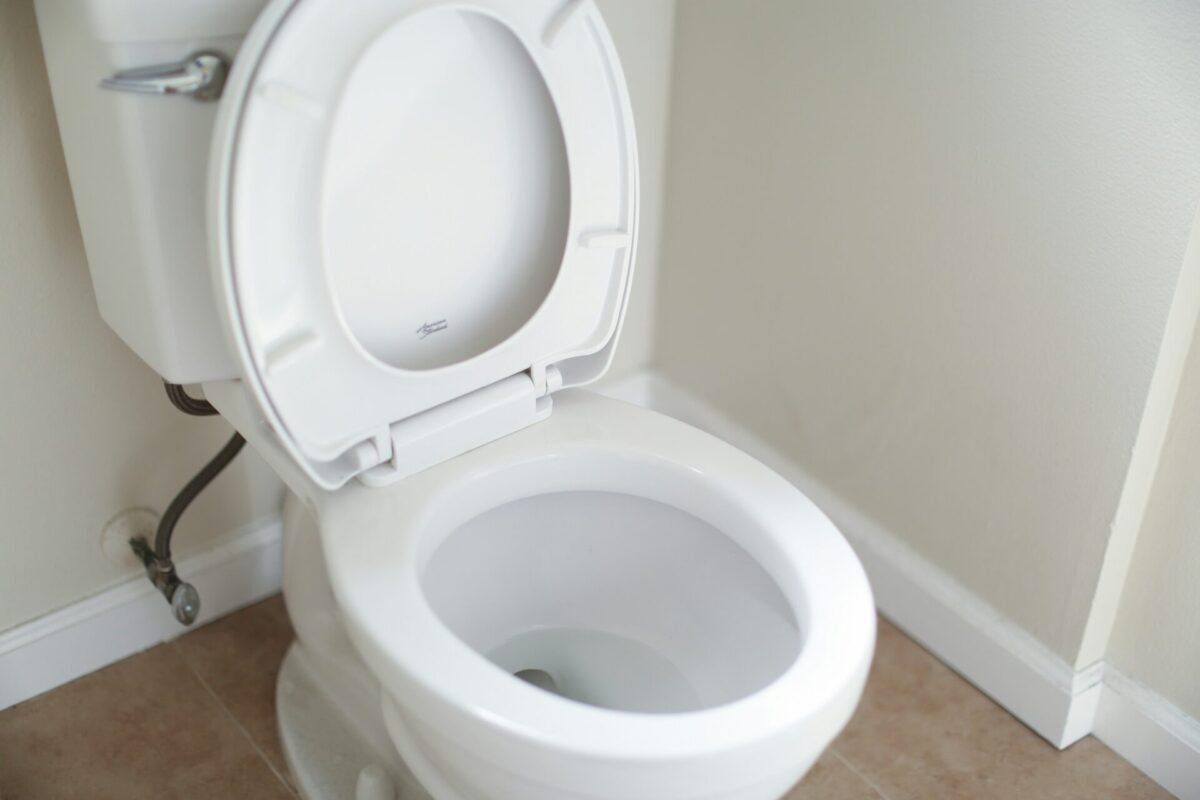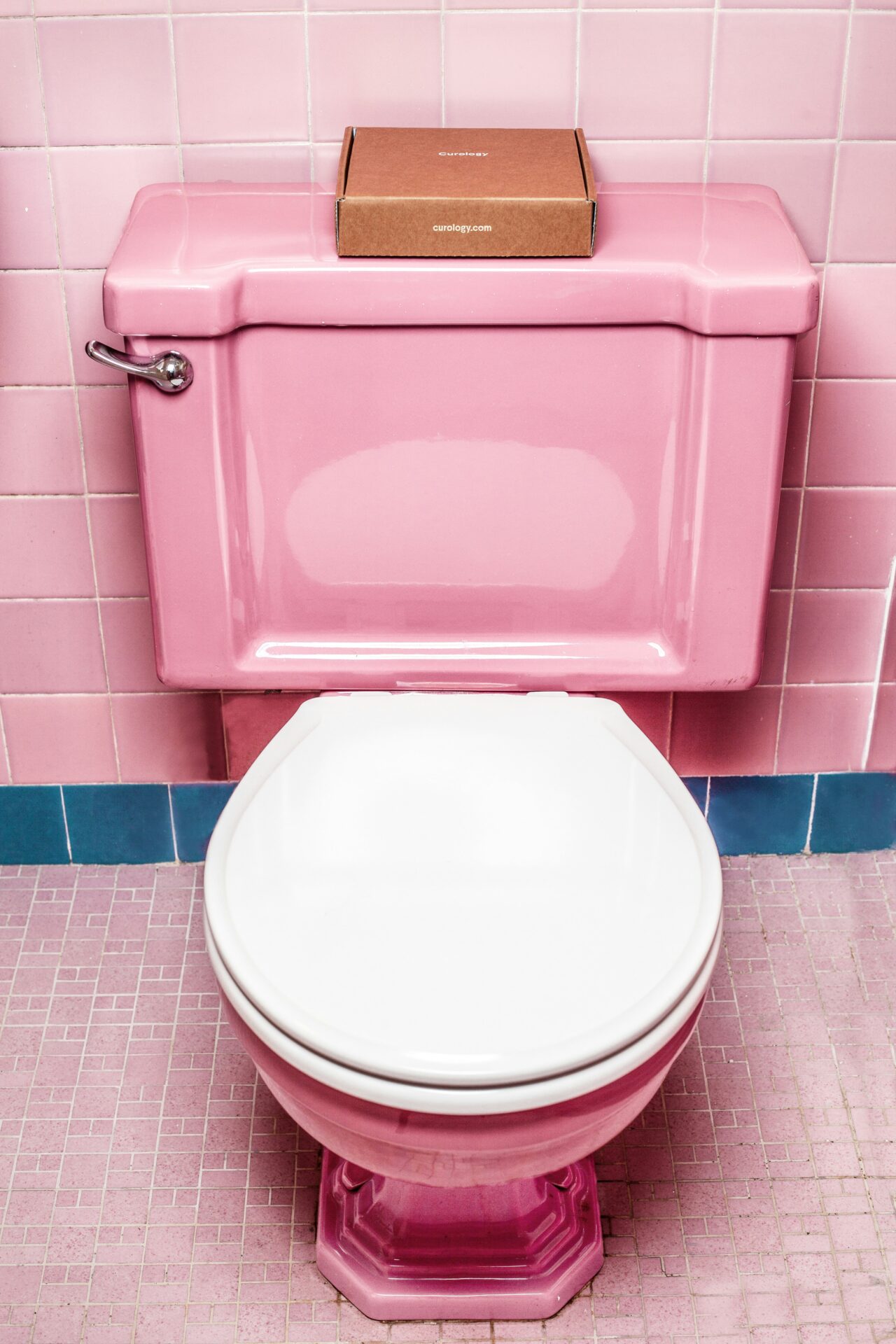A constantly running toilet might seem like a minor annoyance, but in reality, it can waste hundreds of gallons of water every month. Not only does this unnecessary water usage have a significant environmental impact, it can also cause your utility bills to skyrocket without you even noticing. In a desert city like Phoenix, where water conservation is especially important, a running toilet is more than just an inconvenience—it’s a costly problem that needs attention.
Many homeowners in Phoenix face this issue due to a combination of factors. Aging plumbing systems, hard water that leaves mineral deposits, and worn-out components inside the toilet tank are common culprits. Even small problems, like a misaligned flapper or a faulty fill valve, can cause the toilet to run continuously. Without addressing these issues, the waste—and the cost—can quickly add up.
This post is designed to help you understand why your toilet keeps running and what you can do about it. We’ll cover the most common causes, simple DIY fixes, and clear guidance on when it’s time to call in a professional plumber. By following these tips, you can save water, protect your home, and avoid unnecessary expenses.
Common Causes of a Running Toilet
There are several reasons why a toilet might keep running, and understanding the root cause is the first step toward a fix. One of the most common issues is a worn or misaligned flapper. The flapper is the rubber seal at the bottom of the toilet tank that controls water flow into the bowl. Over time, it can warp, crack, or develop mineral buildup from Phoenix’s hard water, preventing a tight seal and allowing water to continuously leak. Another frequent culprit is the fill valve, which regulates the water level in the tank. If the fill valve is faulty or the water level is set too high, it may never shut off completely, causing constant running.
Chain or handle problems can also lead to a running toilet. If the chain connecting the handle to the flapper is too short, too long, or tangled, it can prevent the flapper from closing properly. Similarly, a handle that sticks or doesn’t return to its original position can leave the toilet running. The overflow tube is another area to check—if the water level in the tank rises above the top of the tube, water will continuously drain into the bowl. Finally, hard water and mineral deposits can build up on internal components, interfering with their proper function and making running toilets a common problem in Arizona homes.
DIY Fixes for a Running Toilet
Many running toilet problems can be resolved with a few simple DIY fixes, saving both water and money. One of the easiest solutions is replacing the flapper. Over time, flappers can become warped or coated with mineral deposits, preventing a tight seal. To replace it, turn off the water supply, drain the tank, remove the old flapper, and install a new one, ensuring it is properly aligned over the flush valve. This small replacement can often stop the running immediately.
Adjusting the fill valve is another common fix. The fill valve controls the water level in the tank, and if it’s set too high, water will continuously overflow into the bowl. Most fill valves have an adjustment screw or a sliding mechanism that allows you to lower the water level to the proper mark, ensuring the valve shuts off completely after each flush.
Sometimes the issue is as simple as the chain or handle. If the chain connecting the handle to the flapper is too short, too long, or tangled, it can prevent the flapper from closing. Adjusting the chain to the correct length or making sure the handle moves freely can solve the problem quickly.
Finally, mineral buildup from Phoenix’s hard water can interfere with proper toilet function. Cleaning the tank components with a vinegar soak or gentle scrubbing can remove deposits and restore smooth operation. Regular maintenance, such as wiping down components and checking water levels, can prevent recurring problems and keep your toilet running efficiently.
When to Call a Professional
While many running toilet issues can be fixed with simple DIY solutions, there are times when calling a professional plumber is the best option. If your toilet continues to run despite replacing the flapper, adjusting the fill valve, or fixing the chain and handle, there may be a more serious problem at play, such as a cracked tank, a faulty flush valve, or corroded internal components. Major leaks, persistent water waste, or repeated issues with older toilets are also signs that professional intervention is needed. Hiring a licensed plumber ensures the problem is diagnosed correctly and repaired efficiently, saving you from higher water bills, potential damage to your home, and repeated frustration. In addition, professional plumbers can recommend upgrades or replacement parts that prevent future problems, providing long-term peace of mind.
Preventive Tips for a Healthy Toilet
Preventing a running toilet before it starts is often easier—and cheaper—than fixing one after the fact. Regular inspection and maintenance are key; take a few minutes every few months to check the flapper, fill valve, handle, and water level to ensure everything is functioning properly. In Phoenix, where hard water is common, consider using water-softening solutions or periodically cleaning the tank components with vinegar to reduce mineral buildup that can interfere with seals and valves. Replacing the flapper and fill valve every few years, even before they fail, can also help maintain optimal performance. By staying proactive, homeowners can avoid wasted water, costly repairs, and the frustration of dealing with a constantly running toilet.
Got a Running Toilet? Contact Code Blue Plumbing to Get it Fixed
A running toilet may seem like a small issue, but it can waste hundreds of gallons of water each month and drive up your utility bills. By understanding the common causes—such as worn flappers, faulty fill valves, chain or handle issues, and mineral buildup—you can often fix the problem yourself with a few simple steps. Regular maintenance and preventive measures can also keep your toilet running efficiently and help you avoid future headaches.
If your toilet keeps running despite DIY fixes, or if you want a professional inspection to ensure your plumbing is in top shape, don’t wait. Contact Code Blue Plumbing today for expert toilet repair and plumbing services in Phoenix, Arizona. Our experienced team will quickly diagnose the problem, provide reliable repairs, and help you save water and money.


